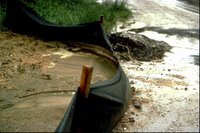Road SaltYesterday I spoke with Tim Larson (MPCA), an individual who works on TMDL projects. I wanted to find out what I "needed to know" about chloride TMDLs. He said that there are several recommended BMPs for the application of road salt--and that
Mn/DOT has been taking this bull by the horns. I didn't know that Mn/DOT has road temperature sensors across the state ... or that their trucks are equipped with road temperature sensing equipment.
Larson said the biggest problem with the
application of road salt is the 'bouncing effect' of dry, rock salt when it hits the road and goes for the ditch. He said ideally, the melting agent should be a liquid--and be applied before a snowstorm hits. That takes some coordination, but he said Mn/DOT does apply ribbons of the stuff on roads before a storm. Larson said in the best possible scenario, the salt goes on as a liquid and adheres to the road surface before the snow starts.
The cost of new, salt-efficient equipment for trucks shouldn't really save enough money to justify throwing out old equipment, Larson said, but new technology will probably be acquired with the retirement of the old stuff. Because the cost of salt is too low, there isn't a strictly economic incentive to change it out. But the cost on the environment is significant.
Water in the state is getting listed on the
impaired waters list for chloride. Larson said chloride (for the most part) doesn't enter Minnesota waters from Minnesota sources--nearly all of it is applied in road salt.
I'm still learning ... Don't forget the
Road Salt Symposium in St. Cloud, April 5, 2006.
 Stormwater Steering Committee
Stormwater Steering Committee







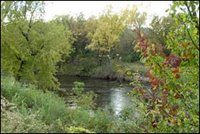
 Without an online process in place, the agency will be flooded (like this 100-year storm event) with more and more paper applications. Picture © 2006 Minnesota Pollution Control Agency
Without an online process in place, the agency will be flooded (like this 100-year storm event) with more and more paper applications. Picture © 2006 Minnesota Pollution Control Agency





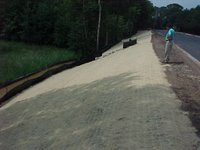
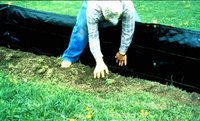
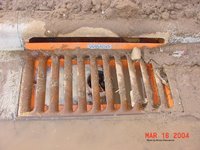 If you're looking for how-to instructions for keeping a clean construction site, check out this
If you're looking for how-to instructions for keeping a clean construction site, check out this 

